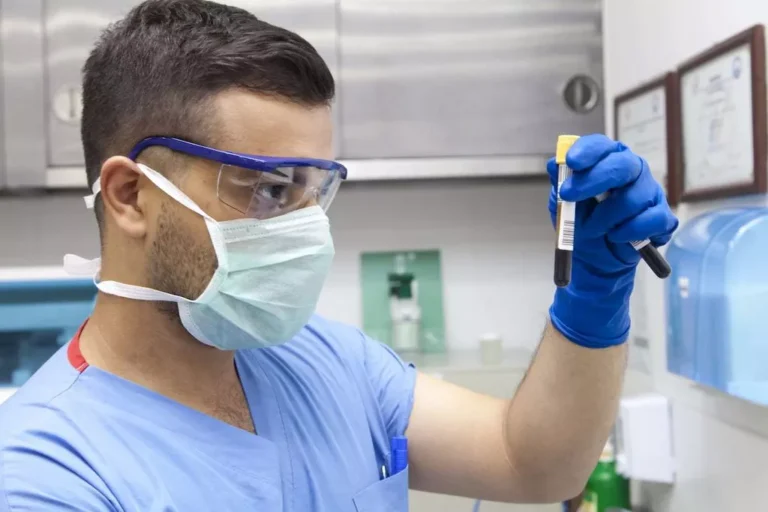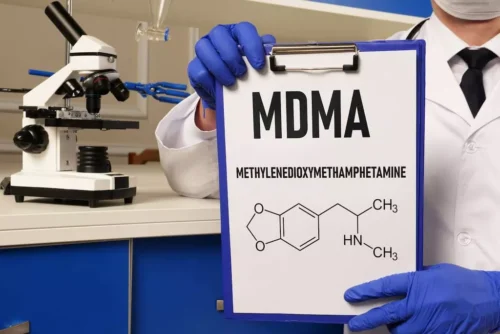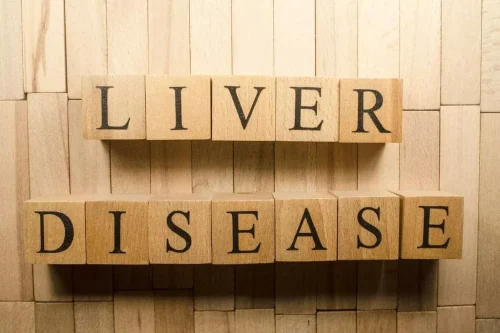
Drinking alcohol in moderation may have a protective effect on your blood vessels. Some research finds that alcohol increases levels of high-density lipoproteins (HDL, aka “good cholesterol”). This healthy type of cholesterol helps protect your arteries and prevent the blood clots that can lead to heart attacks and strokes. Although does alcohol affect blood clotting results related to levels of alcohol consumption and stroke events are less clear, some conclusions can be drawn. Approximately 1 to 2 drinks per day may have no effect on or lead to a slight reduction in stroke events; however, greater daily alcohol levels increase the risk for all stroke events and incident stroke types.
Immediate Effects

There are a number of factors that determine how dangerous alcohol consumption is while taking blood thinners. Ethanol-induced changes may be related to oxidative or nonoxidative pathways of ethanol metabolism. More than one mechanism may be activated and may lead to the multitude of ethanol-induced changes in cellular proteins and cell function.
- Several studies have found that AC levels in the platelets as well as in some white blood cells are frequently reduced in alcoholics compared with nonalcoholics, even after long periods of abstinence.
- Therefore, a comparison of different kinds of alcohol to red wine was not possible.
- Additionally, a person should discuss whether they are able to consume alcohol while taking blood thinners, as alcohol may interact with some medications and lead to side effects.
Calculated alcohol intake
Not surprisingly, alcohol consumption has complex and varying effects on platelet function. Studies using different methodologies have shown that low-to-moderate alcohol consumption decreases platelet activation and aggregation in certain cases—for example, in response to certain physiologic stimuli such as adenosine 5′-diphosphate (Salem and Laposata 2005). On the other hand, significant daily alcohol consumption increases platelet aggregation and reactivity. Infection or other stressful events also can lead to immune-triggered platelet production, a condition called rebound thrombocytosis, which may occur immediately after withdrawal from both heavy and one-time heavy (binge) drinking (Numminen et al. 1996).

More On DVT
Alcohol also can increase levels of co-enzymes or reducing equivalents (e.g., reduced nicotinamide adenine dinucleotide phosphate [NADPH]), which lead to increases in ROS formation and decreases in eNOS activity (Ceron et al. 2014). Several excellent reviews offer more detailed assessments of vascular cellular mechanisms (Cahill and Redmond 2012; Husain et al. 2014; Marchi et al. 2014; Toda and Ayajiki 2010). It’s important to note that the impact of alcohol on blood clotting can vary depending on several factors, such as the amount of alcohol consumed, the frequency of consumption, and individual differences in metabolism. Factors such as age, underlying medical conditions, and medication use can also influence the effects of alcohol on blood clotting. Alcohol also can interact with anticoagulants, prescription medications that prevent blood clotting and which are used to treat patients who are at increased risk of developing thrombosis or an embolism in the lung.
- Alcohol alters the permeability of the sarcoplasmic reticulum to calcium ions, however, and thus reduces the efficiency by which calcium activates muscle contraction (Thomas et al. 1996).
- Moderate alcohol consumption decreases fasting plasma concentrations of triglycerides, however, and a concomitant reduction in the level of PAI-1 could allow fibrinolytic activity to increase.
- About 70 percent of adults drank at least one alcoholic beverage in the past year, and around 56 percent report that they drank in the past month.
- Several studies have been published that link heart health with red wine, as Mayo Clinic reports that a daily glass of red wine may have certain health benefits.
- In the Miró study, alcohol drinkers also had been receiving pharmacologic treatments such as beta-adrenergic blocking agents that reduce blood pressure and also may have antioxidant effects.
- 3Greenfield and colleagues (2005) studied the effects of alcohol at meal time in a group of nonsmoking, healthy postmenopausal women.
Effects & Risks of Drinking Alcohol
CFT, which indicates the dynamics of clot formation, was reduced by 34% at an ethanol concentration of 1‰, and by 118% at 4‰, respectively [11]. In our study, neither the dynamic parameters nor fibrinolysis differed after alcohol intake. For obvious reasons, for the in vivo setting, we did not take the 2 or 4‰ conditions into account. With a mean BAC of 0.76‰, we did not reach the calculated and targeted 1‰ within one hour.

